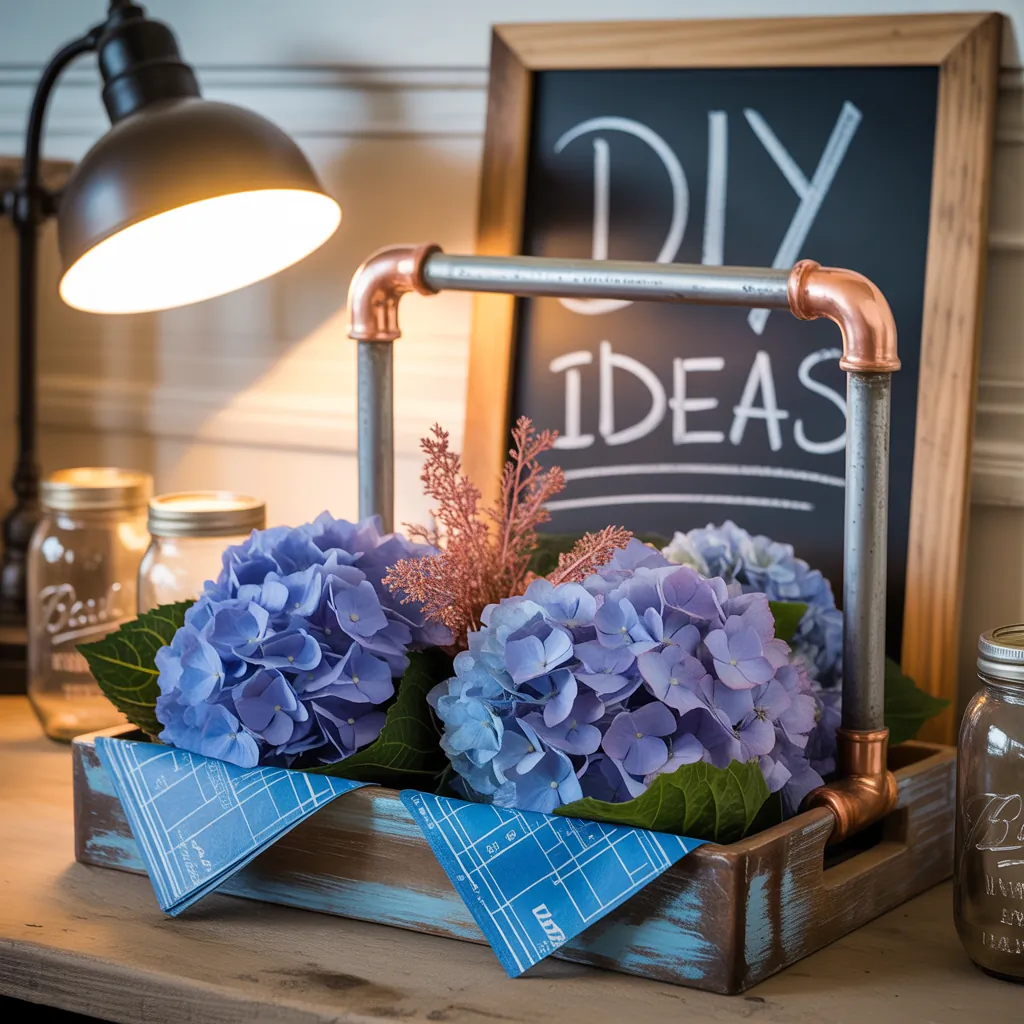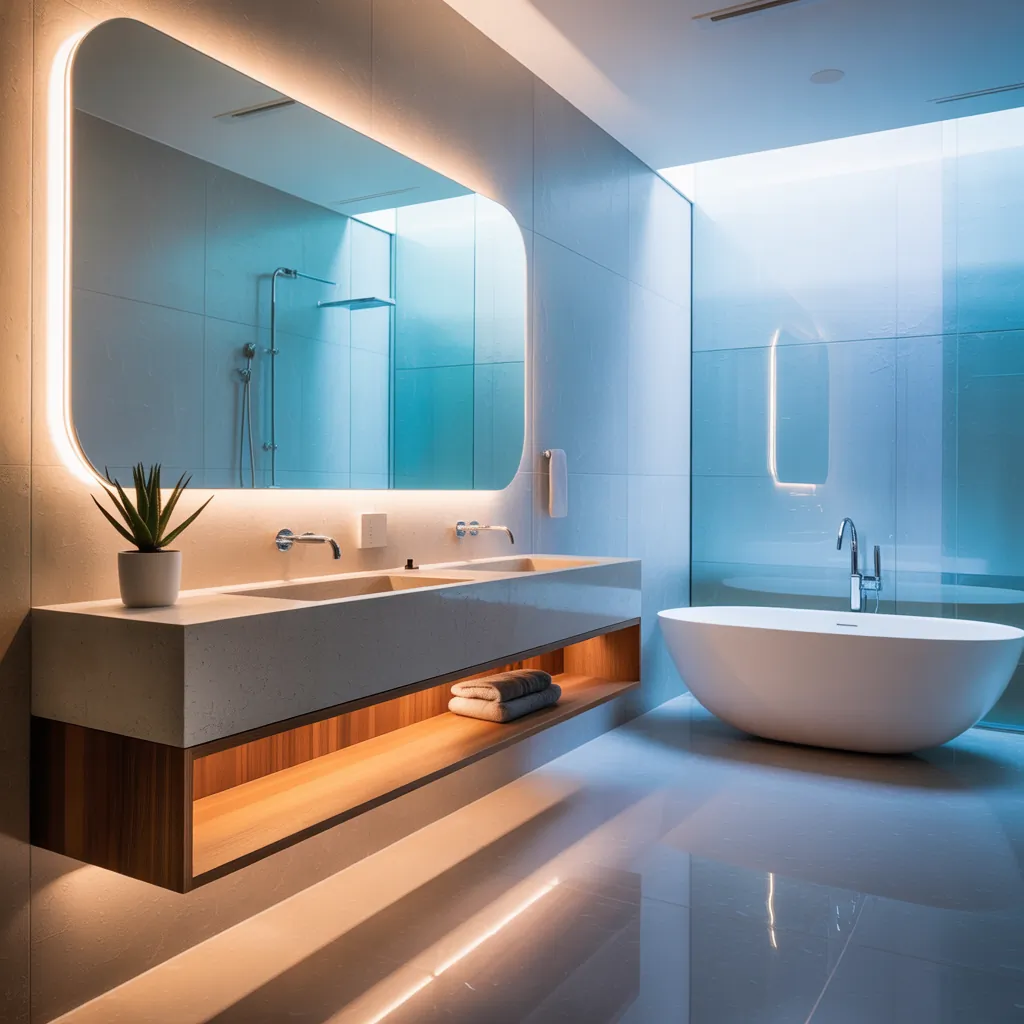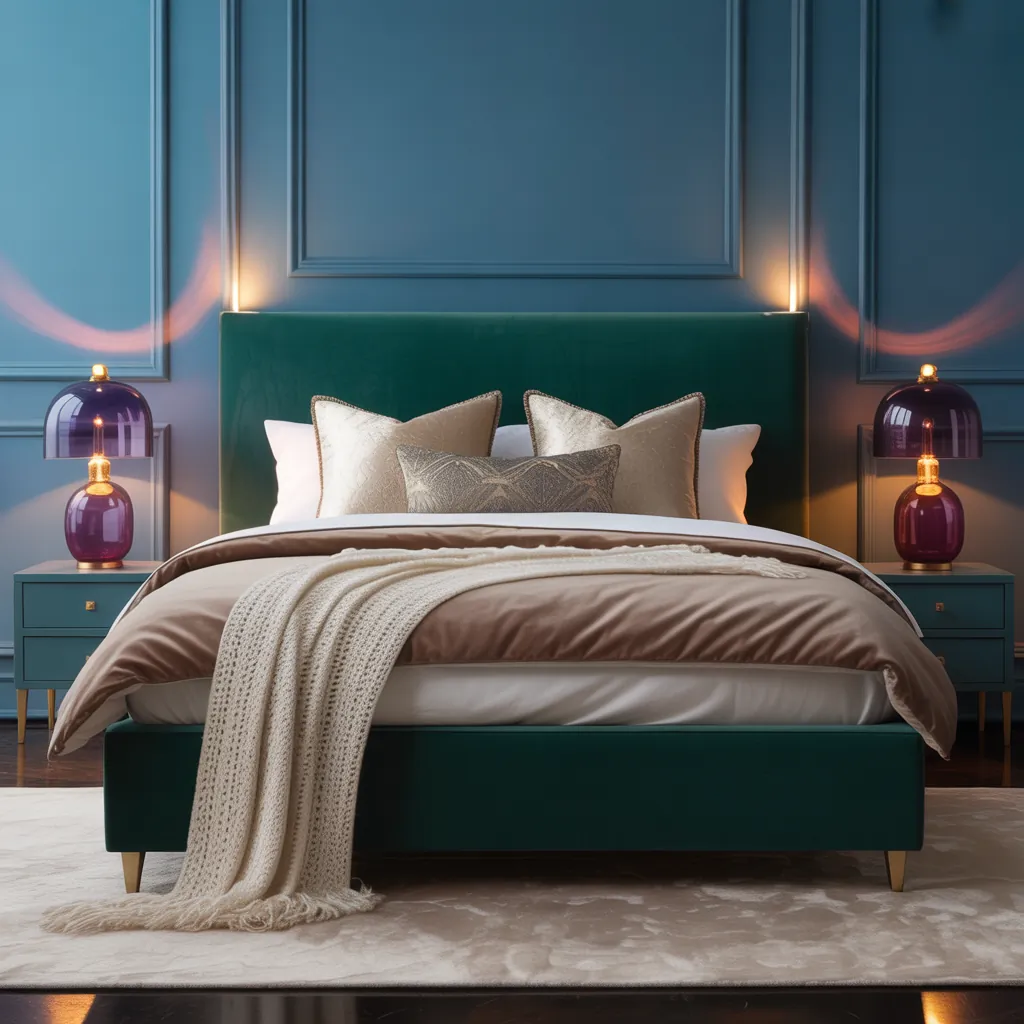Have you ever stared at your dining table and felt it needed just one simple change to make the whole room pop? Whether you’re prepping for a dinner party, refreshing your seasonal decor, or tackling a weekend DIY projects challenge, a beautiful floral centerpiece can transform a space. If you love soft blues and lush texture, centerpiece ideas blue hydrangea deliver instant charm—without needing a professional florist.
Why Blue Hydrangeas Make Stunning Centerpieces
Blue hydrangeas are a favorite for centerpieces because of their voluminous blooms, versatile color range, and ability to pair with many styles—from coastal cottages to modern minimalist dining rooms. Their large heads create visual impact with fewer stems, which keeps arrangements affordable and quick to assemble. Plus, blue tones convey calm and sophistication, perfect for everything from casual brunches to formal dinners.
Centerpiece Ideas Blue Hydrangea: 8 Inspiring Looks
Below are practical, styled centerpiece concepts you can recreate at home. Each option includes quick DIY tips, materials, and styling notes to match different tastes and table setups.
1. Rustic Mason Jar Cluster
- Materials: 3–5 mason jars, twine, blue hydrangea stems, eucalyptus sprigs.
- DIY tip: Vary jar heights; wrap twine around the necks for a farmhouse touch. Fill jars with water and floral preservative.
- Style note: Great for casual dining rooms or outdoor tables—pair with linen runners and wooden chargers.
2. Elegant Crystal Vase Single-Color Statement
- Materials: One tall crystal or glass vase, 5–7 large stems of blue hydrangea.
- DIY tip: Trim stems at an angle and arrange the blooms tightly for a compact, luxurious look.
- Style note: Ideal for formal dinners and modern interiors. Keep surrounding decor minimal to let the hydrangeas shine.
3. Low Runner for Long Tables
- Materials: A low wooden trough or shallow ceramic planter, oasis floral foam (optional), mixed blue hydrangeas and greenery.
- DIY tip: Use foam for a structured runner; otherwise, stagger stems in water-filled vials hidden inside the trough.
- Style note: Perfect for dinner parties—guests can see each other across the table while enjoying a lush floral line.
4. Modern Metallic Bowl
- Materials: Shallow gold or silver bowl, floating hydrangea heads or wired stems.
- DIY tip: For a contemporary twist, strip leaves and let individual blooms float in water with a few LED votives.
- Style note: Pairs well with modern tableware and monochrome place settings.
5. Coastal Driftwood Trough
- Materials: Driftwood piece or reclaimed wood box, blue hydrangeas, sea glass accents.
- DIY tip: Secure small vials inside the trough to hold stems upright and hydrated.
- Style note: Brings a seaside vibe—match with light blues, sandy neutrals, and shell accents.
6. Potted Hydrangea Centerpiece (Reusable)
- Materials: Potted blue hydrangea plant, decorative pot or cachepot.
- DIY tip: Use a potted plant for a long-lasting centerpiece—you can move it outdoors after the event.
- Style note: Eco-friendly and low-maintenance; excellent for brunches and casual gatherings.
7. Mix-and-Match Bouquet with Accent Flowers
- Materials: Blue hydrangeas, white roses or lisianthus, trailing ivy, purple veronica.
- DIY tip: Add texture by mixing small filler flowers and greenery; balance the large hydrangea heads with taller accents.
- Style note: Looks lush and garden-fresh—perfect for weddings or milestone celebrations.
8. Faux Blue Hydrangea for Longevity
- Materials: High-quality artificial hydrangeas, foam-filled vessel or heavy vase.
- DIY tip: Fluff petals and mix in real greenery to disguise stems; choose natural-looking materials to avoid a plastic look.
- Style note: Great for high-traffic areas and seasonal displays when you want maintenance-free beauty.
Step-by-Step DIY Guide to Arranging Blue Hydrangeas
- Prepare your blooms: On delivery or purchase, re-cut stems at a 45° angle and place them in cool water for at least an hour.
- Choose a vessel: Match the scale of your vase to your table—taller for console tables, lower for dining tables.
- Remove excess foliage: Strip leaves that will sit below the waterline to prevent bacterial growth.
- Build a base: Use greenery or a grid of floral tape across the vase opening to support stems if needed.
- Place the hydrangeas: Start with the largest heads and position them evenly. Rotate the arrangement as you work to maintain balance.
- Add accents: Insert smaller florals or textured greens to fill gaps and add depth.
- Finish and maintain: Fill with fresh water and a floral preservative. Re-cut stems every 2–3 days and replace water to extend life.
Design Inspiration and Styling Tips
When styling blue hydrangea centerpieces, consider color palettes, textures, and the overall vibe of your room. Soft blues pair beautifully with creams, pale greys, and sandy beiges for a coastal look. For a bolder statement, combine hydrangeas with navy napkins, brass candleholders, or deep green foliage. Keep proportion in mind—centerpieces should generally be one-half to two-thirds the width of your table.
If you’re upgrading a kitchen or dining area, small floral updates can make a big difference—try a single hydrangea vase on a kitchen island for a simple refresh. For more seasonal and structural improvements, explore our guides on kitchen upgrades and broader home design ideas.
Maintenance and Longevity: Keep Hydrangeas Fresh Longer
- Hydrate deeply: Hydrangeas drink a lot — fully submerge heads in cool water for 15–30 minutes if they start to wilt.
- Use flower food: Floral preservatives reduce bacteria and provide nutrients.
- Keep cool: Avoid direct sunlight and heat sources; colder rooms extend bloom life.
- Rotate and recut: Trim the stems and change water every 2–3 days for best results.
- Consider dried displays: Hydrangeas dry well—save them for later arrangements by air-drying upside down in a dark, ventilated space.
Frequently Asked Questions
Q: How do I keep blue hydrangeas from turning purple or pink?
A: The color of hydrangea blooms can depend on soil pH if growing in-ground, but cut stems won’t change color dramatically. To maintain blue tones, choose varieties bred for blue shades and avoid adding acidic or alkaline additives to vase water. For potted plants, a soil amendment containing aluminum sulfate (used as directed) can influence bloom color.
Q: Can I use faux blue hydrangeas and still achieve a natural look?
A: Yes—high-quality silk or foam hydrangeas can look very realistic. Fluff the petals, mix with some natural greens, and use a weighted or textured vase to hide stems. Pairing faux blooms with real elements (like fresh eucalyptus) creates convincing depth.
Q: What’s the best centerpiece style for a narrow dining table?
A: Choose a low, elongated runner-style arrangement or several small clusters spaced evenly. This maintains sightlines for guests and keeps the table functional while adding continuous visual interest.
Conclusion
Centerpiece ideas blue hydrangea are a simple, beautiful way to elevate your home décor—whether you prefer a rustic mason jar cluster, an elegant crystal vase, or a reusable potted plant. With a few tools, a bit of practice, and the tips above, anyone can create a show-stopping table focal point. Ready to try it? Gather your stems, choose a style, and start a weekend DIY that will refresh your space instantly. For more floral projects and room refresh inspiration, see our DIY projects, explore home design ideas, or check out kitchen-focused styling tips in our kitchen upgrades section. Share your blue hydrangea centerpieces and tell us which style you tried!



